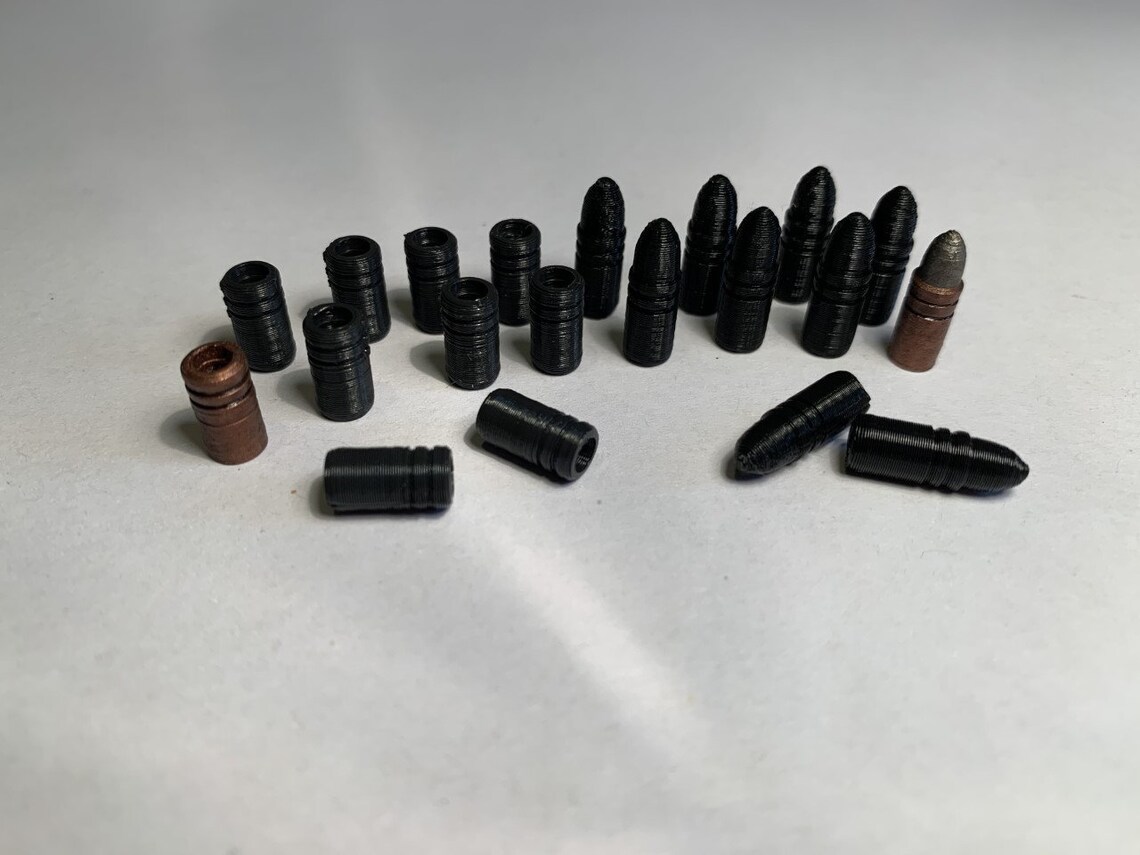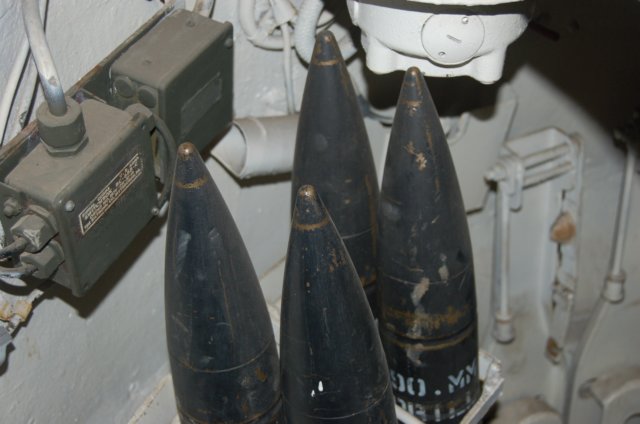


From the fields of Western Europe to the Russian steppe, tanks were integral to how armies fought the Second World War. From that day forward, the tank became an important piece of weaponry which every major power in the world developed and deployed over the following century. While many of these new military creations broke down, roughly one third made it across No-Man’s-Land and sent the Germans troops running. British soldiers said, “If you happened to be near the receiving end, you first heard the thing burst, then the whizz of its approach and lastly the boom of the gun that fired it.On September 15 th 1916 during the Battle of the Somme, 49 British tanks rumbled slowly across the battlefield toward the German lines. Soldiers under fire could identify artillery by specific noises they made: One combatant noted that the French 75mm gun had a “sharp decisive note … which speaks quickly and in anger.” Soldiers also spoke of the “peculiar crack, crack they make.” The German 105mm howitzer was called a whizzbang. A shell hole left by a 15 cm ‘Jack Johnson’ (a German howitzer named after the famous boxer Jack Johnson because of its ‘punch’) had a diameter of 28 feet across and roughly 6 feet deep in the center. (French artillery was always pointed toward Germany - even in practice.) The Big Bertha was a German 420mm howitzer, named for a family member of the Krupp Arms manufacturer.

The largest bore of an artillery piece in WWI (‘bore’ meaning the diameter of the barrel or tube) was on the French 520mm. Artillery was more destructive than ever before.


 0 kommentar(er)
0 kommentar(er)
